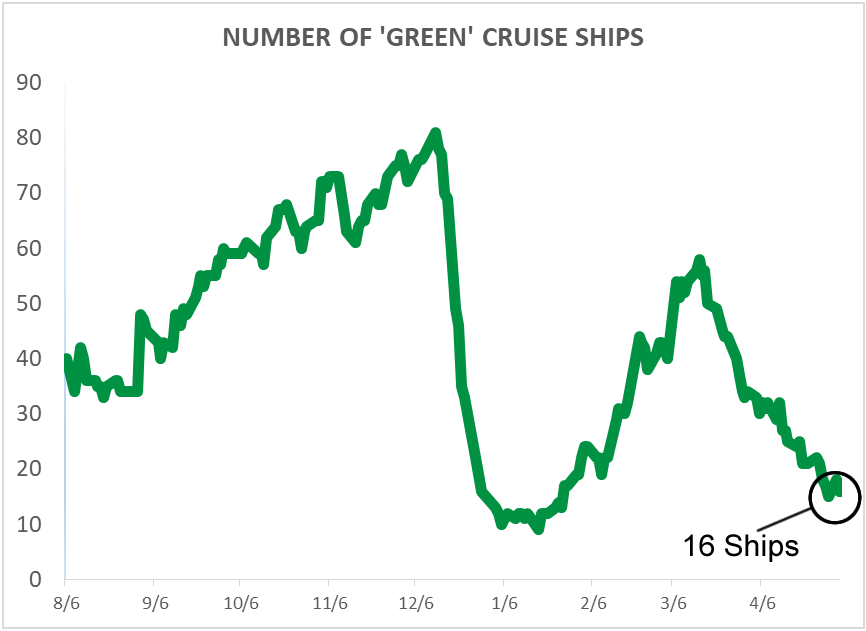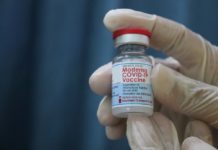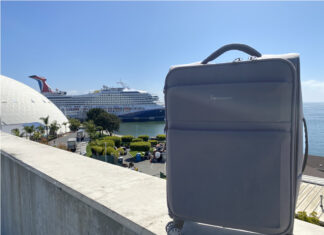In what we consider a surprising move, the CDC has quietly eased one of the cornerstones for cruise ships to sail under its voluntary safety program.
Following the implementation of its voluntary program — of which all cruise ships currently sailing in the United States have opted into — the health agency broke ships into three different classifications based on the vaccination status of those onboard:
- Not Highly Vaccinated (NHV): Ships sailing with less than 95% of passengers and crew fully vaccinated.
- Highly Vaccinated (HV): Ships with at least 95% of passengers and crew fully vaccinated, but less than 95% considered “up to date” with their vaccines. “Up to date” means having a booster dose of the vaccine if eligible.
- Vaccination Standard of Excellence (VSE): Ships that have at least 95% of passengers and crew “up to date” with their COVID vaccines, meaning eligible passengers have a booster shot.
All ships currently sailing and tracked by the CDC fall into the “Highly Vaccinated” category, meaning at least 95% of passengers and crew have the shot. No ships fall into the other categories.
But now, the CDC has adjusted the definitions to just 90% of passengers having the shot, instead of 95%. The crew member requirement is still at 95%.

In other words, for a ship to be considered “Highly Vaccinated,” only 90% of passengers are now required to have the dose instead of 95%.
Why Lower the Threshold?
In an explainer on the CDC’s website, the health agency explained its reasoning for lowering the threshold for passengers.
According to the CDC, since all unvaccinated passengers must test on embarkation day before boarding, moving from 95% to 90% “should not increase the risk of introducing COVID-19 onboard.”
“Because the additional 5% of passengers who are not fully vaccinated will be required to do same-day testing before embarking the ship, it is unlikely that these passengers will introduce COVID-19 on board. This change reinforces that testing remains essential in identifying COVID-19 cases before cruise ship embarkation,” the CDC’s website said.
What may be concerning to risk-averse passengers, however, is that this change comes when the number of impacted ships has risen in recent weeks according to the CDC’s own color-status tracking.
Since mid-March, the number of ‘green’ ships — indicating no potential cases onboard — has fallen from 58 to just 16. Meanwhile, the number of yellow and orange ships has risen sharply:

In fact, the CDC also noted that while they’ve lowered the threshold, they still recommend passengers be “up to date” with their vaccines (meaning boosted, if eligible). They also stated that “cruise travel will always pose risk.”
Is The Summer Cruise Season the Real Reason Behind the Change?
In our opinion, this move — made when cases still seem to be an issue on cruise ships — may be tied to the upcoming summer sailing season. During that time more families with children will sail. Those kids are more likely to be unvaccinated.
The uptake on vaccines for children aged 5-11 is relatively low. Data from the American Academy of Pediatrics says about 28% of 5-11 year-olds are fully vaccinated. Many parents are concerned about the side effects of vaccinating younger kids or don’t see the shots as necessary given the health outcomes for those who do get Covid.
Still, kids five years and older are part of the calculation for a fully-vaccinated cruise ship. Kids under 5 — who are not eligible to be vaccinated — are already not included in the calculation. Lowering the threshold could give cruise lines more flexibility in allowing kids to board and still meet the “Highly Vaccinated” definition.
No matter the reason behind the move, it means a slightly higher percentage of passengers could be sailing without the vaccine than what was seen under the previous rule.












